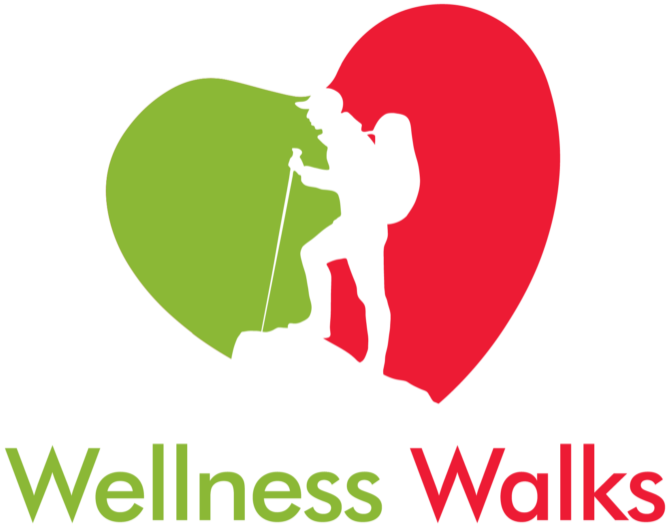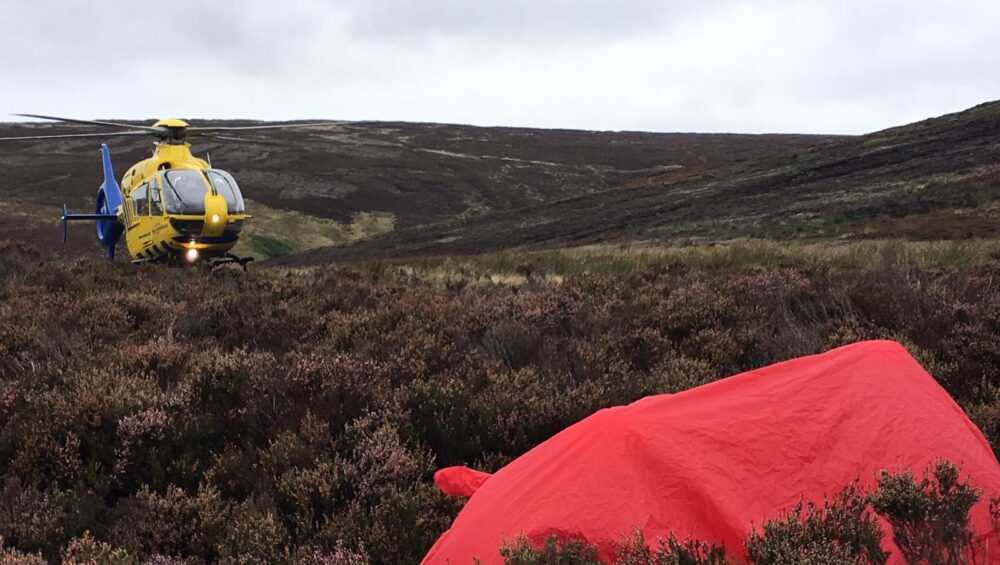Things to think about
We need to be very clear that the team at Wellness Walks really aren’t trying to scare anyone – but we think what follows is crucial for people who are recommending outdoor activities to think about.
When any of us with a position of explicit, implied or assumed responsibility recommends or suggest something it carries an inherent validation – those in our care or who look up to us will, rightfully, believe that we know what we’re talking about, that our suggestion carries an element of approval.
But does it? Have we really checked out that local group? Do we know what we’re potentially signing people up for?
We’re going to start this discussion by reading Katie’s story. We met Katie when she attended one of our free personal skills courses – when she told us what she’d been through we were horrified – sadly we’ve come to understand it’s almost the norm…
Katie's story (in her own words)
My experience starts with joining a social site called Meetup. I have never been comfortable on social media but was struggling to find likeminded people to do outdoor activities with after Covid and the App had popped up so I thought I’d give it a whirl. So I decided to try something new to me “ Scrambling” I have little fear and am fairly fit so didn’t hesitate to drive 1 1/2 hours to meet 40 or so people I’d never met in a car park for an adventure! How stupid was I !
I had to sign a disclaimer to get the postcode of the event that should anything happen to me whilst on the event it was up to myself to get myself home and there was no responsibility for the organisers to assist anyone if injured or unable to keep up . I signed away as you do.
On arrival at the meeting point , I can’t say people were friendly, there was a feeling of one upmanship and a definite “ click “. Through my own experience doing DofE and other work I have been a part of I know how important a head count before setting off is.. this was yet another red flag as none was done!
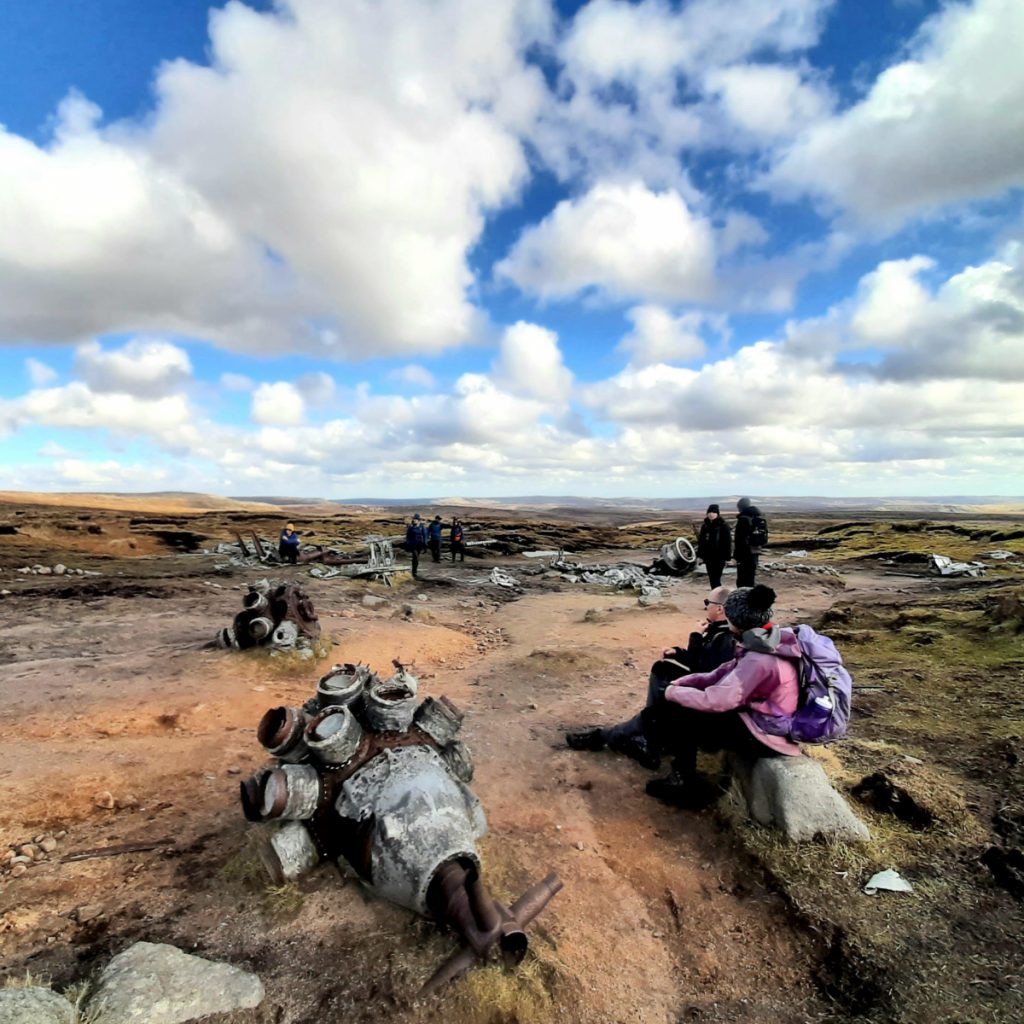
All that was said to the group was “we had best keep up “ The pace set was fast but I could maintain it, but there was at least 15 behind me that were struggling , every time the “ leader “ stopped as soon as the people at the rear caught up he set off again -I felt it was a real power trip for him. I found the whole scrambling and pace exhilarating and felt I’d personally achieved something by the time we’d reached the top but I certainly didn’t feel safe or looked after, and I knew I wouldn’t be coming out with them again. I was relaxing knowing it was a leisurely walk back .. or was it!
Approximately 5 minutes after lunch we were walking along and I tripped on a jagged bit of the pathway , hearing my ankle pop still haunts me now! The pain was unreal and cold sweat and sickness overwhelmed me . People were just walking past me until I shouted for help, I felt like I was an attention seeker or something .
The majority of the group were off in the distance and people with me were itching to catch up. One lady was a nurse and suggested I needed mountain rescue but our phones had no signal , then the leader appeared and just quoted the disclaimer I’d signed.
I was at this point terrified I knew if I sat there for mountain rescue I’d get hypothermia as nobody had any kit to protect me from the elements and nobody really knew where we were anyway.
A lady offered to stay but the leader said he wasn’t having her day ruined and I could tell she felt bad for leaving me but succumbed to peer pressure!
So off I went 5 miles along the Pennine way falling in bogs, going through so many emotions but the thing that kept me going was thinking of my son B. and now I had to get home to him . The mind is a powerful thing and I just kept going. Finally I got back to the car by now I was just running on pure adrenaline, I saw someone in the car park and she took sympathy on me giving me pain relief and actually following me home back to XXXX ( she lived relatively close in XXXX) in case I struggled as she was very concerned .
Once home I realised I need the hospital treatment so off to A&E to relay the whole story! and to find out I’d torn all my tendons and it was going to be a lengthy process to fix.
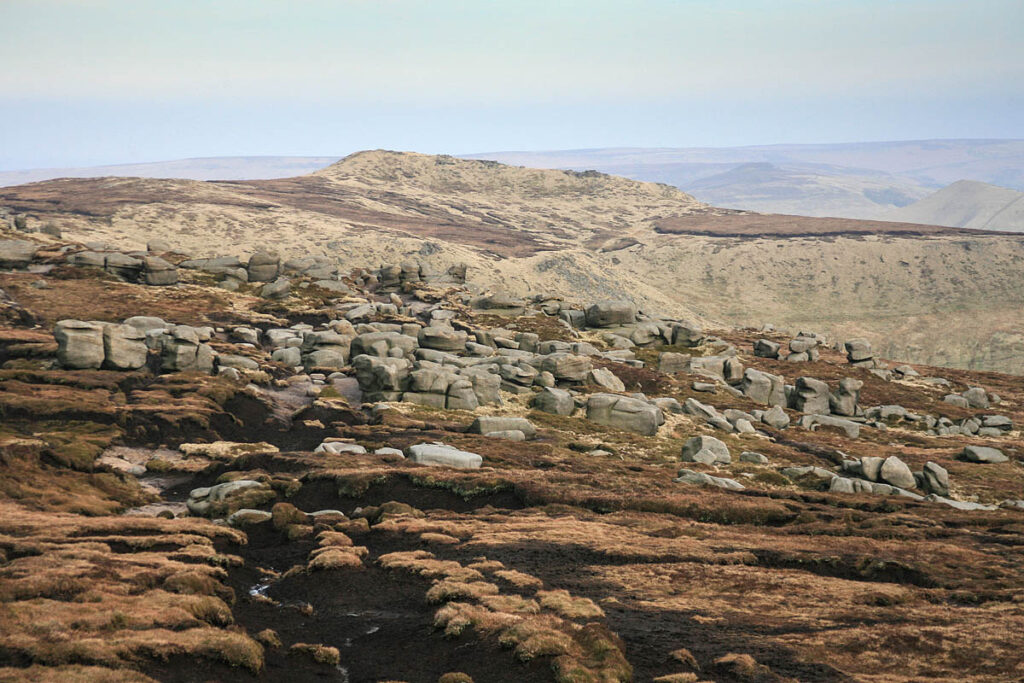
Whilst Katie’s experience was awful, she’s still here, she’s made a recovery & she now knows some of the warning signs to look out for, and has wisely equipped herself the skills to be able to look after herself.
But sometimes much worse can happen, sometimes individuals who shouldn’t be making important decisions come to harm – and then we have to look closely at, and learn lessons from, what went wrong, who was culpable and how it can be mitigated in the future.
What went wrong on the Great Orme?
In 2018 an Explorer Scout fell to his death on what was supposed to be a simple walk on the Great Orme in North Wales. In 2024 a Jury Inquest returned a conclusion of unlawful killing.
The coroner released a Prevention of Future Deaths report that makes for difficult, but necessary reading. The full report contained 20key points, we’ve summarised the most relevant below;

- Safety policies exist but are not implemented.
- There was no written risk assessment.
- There was no dynamic risk assessment.
- There is not a full understanding of what a risk assessment is.
- There is not a full understanding on when to do written and/or dynamic risk assessments.
- There was an absence of a permanent District Commissioner to give oversight to the leadership of the group.
- There was no meaningful discussion between the scout leaders as to the plan for trip on the Great Orme.
- The leaders did not have a participant list nor list of phone numbers for the boys.
- There was no route planned for the Great Orme trip.
- No instruction or briefing was given to the boys.
- Each of the 3 leaders assumed the 3 boys were with one of the leaders when in fact they were not. They were on their own.
- There was no effective leadership for the group.
So what can we learn from that?
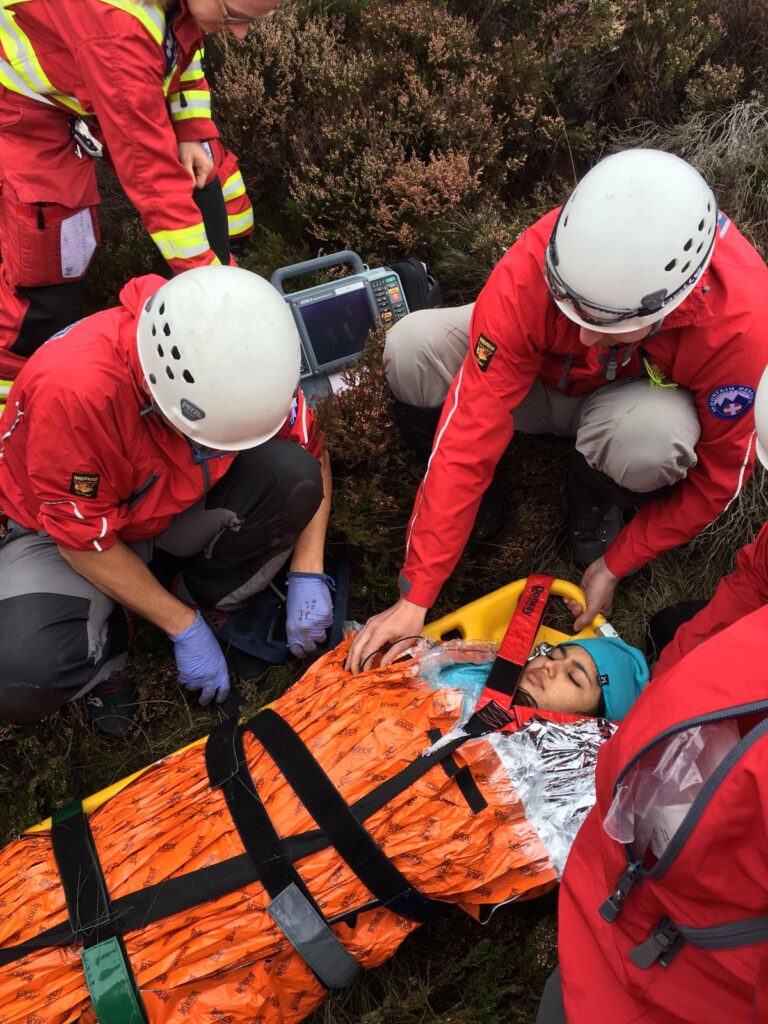
Obviously accidents can happen – but so much of both of these incidents is just due to unacceptable practice – things that any qualified & provably competent, experienced, leader simply shouldn’t let happen.
Many in the outdoor activity sector have been rightly horrified at the lack of not even best practice, but basic practice – we can’t think of any qualified individual we’ve ever met who wouldn’t have covered these points – and yet, as Katie’s and so many other stories we’ve heard tell us – it happens every day. Sadly it takes a tragedy like the Great Orme to make people sit up and notice.
And it isn’t just mountains that are a risk; the explosion of interest in outdoor activities has been wonderful to see – but it also means that a lot of people with no provable competence are now offering activities in the sector. In 2021 preventable tragedy struck when four paddleboarders lost their lives in Haverforwest. Paddleboarding has exploded in participation and interest in the last few years – it’s often portrayed as a safe and easy way to be active outdoors – but water combined with poor leadership and a lack of appropriate knowledge and skills resulted in people losing their lives and the leaders of the trip facing criminal prosecution. The Marine Accident Investigation Board’s report into the events of that day yet again highlights the factors we’re seeing too often in the outdoors; poor leadership, poor planning and poor choices.
How big an issue is it?
Katie’s story isn’t a rare one at all – once we started asking people we began to realise just how many well-meaning folk are out there delivering activities to people without any appropriate training or experience.
So we decided to do some research of our own – we set of into the internet & applied to join a few groups on Meetup, Facebook Groups, Heylo etc – and this is a snapshot of what we found:
- 3/12 groups simply let us meet at an agreed point – they never had any more information about us than our user name.
- 9/12 specifically used a disclaimer to tell us that they accepted no responsibility for us.
- 8/12 didn’t define a group size – (see below).
- 8/12 didn’t have a kit list.
- 12/12 didn’t have a detailed route description.
- None of the groups were led by people with any recognised outdoor qualification – so it was impossible for us to assess their competence.
So why would we think those things matter:
- Knowing more than the basics of people’s contact info, an in case of emergency contact, applicable medical history etc – all helps minimise risk and maximise positive outcomes if something does happen – and can even just reduce stress for everyone if they’re running late!
- Disclaimers are there to protect the group and leader – not the participants – instead there should be a risk assessment, a level of information that means participants know what’s involved – and if we’re recommending a group then it should be addressing those risks proactively!
- Group size matters – for physical safety but also, in the context of mental health, for emotional and psychological safety – just having a large group of strangers meet up without trained leaders is a recipe for upset and worse. Professional insurance sets limits on group size for a reason.
- When a group doesn’t specify a kit-list for an event (Wellness Walks provides kit…) it’s a big red-flag – have they actually assessed what’s needed? Environmental factors (hypothermia, slips & falls) are the single biggest risk in the outdoors – they need to be both acknowledged and understood.
- With no real route description how can attendees know what they’re letting themselves in for? Who will know where they are if they get abandoned like Katie?
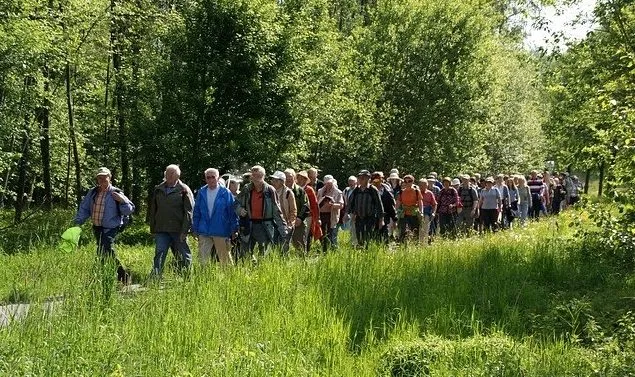
Good people doing a good thing - badly...
Which might seem harsh but:
We found a lot of people who want to help each other, want to support their community, who were coming at this from a good place. Yet just this week we were told about a recent event where someone broke their elbow on a group walk- the website for the event organisers had the following “important information”:
Please note, that by joining us on our walks, you are doing so entirely AT YOUR OWN RISK! I am not officially trained in First Aid. In case of any emergency, we will of course collectively try to help anyhow we can but XXXXXXX Hikers does not take any responsibility for any personal injury, loss or damage during our walks.
In another group we found a “mental health support walk” where 29 (when we looked) people had signed up to hike up Helvellyn in the Lake District, in January – the only advice they were given was to wrap up warm and “bring plenty of water” – fell-top conditions that weekend were -9 degC (with windchill this would be feel -25) and hard ice cover on the ground… We don’t know any professional guide that would, or indeed could, take such a group up Helvellyn. We really hope they changed their plan.
From another group:
“Everyone taking part in the Group activities does so at their own risk. We do not employ qualified guides, leaders or first aiders on any of our events. Participants are responsible for assessing their own risk and the safety of themselves and others”.
We found the last one (which was a remarkably common theme) to be worth more thought – how exactly do people new to an activity assess the risk? Surely they’ve joined a group assuming a leader would have done that – if we (or you) have recommended the group then perhaps they assume we’ve done it – but it seems an unrealistic expectation that they’d have done it.
And of course all of this is before we look at the potential impact this has on people’s mental health. Joining a too large group, not being heard, not feeling safe, ending up deciding this supposedly easy thing isn’t for you – or worse, coming home more anxious than you left, coming home scared or discouraged – all emotional states we’ve had people tell us these events have led to.
What do we mean by "provable competence"?
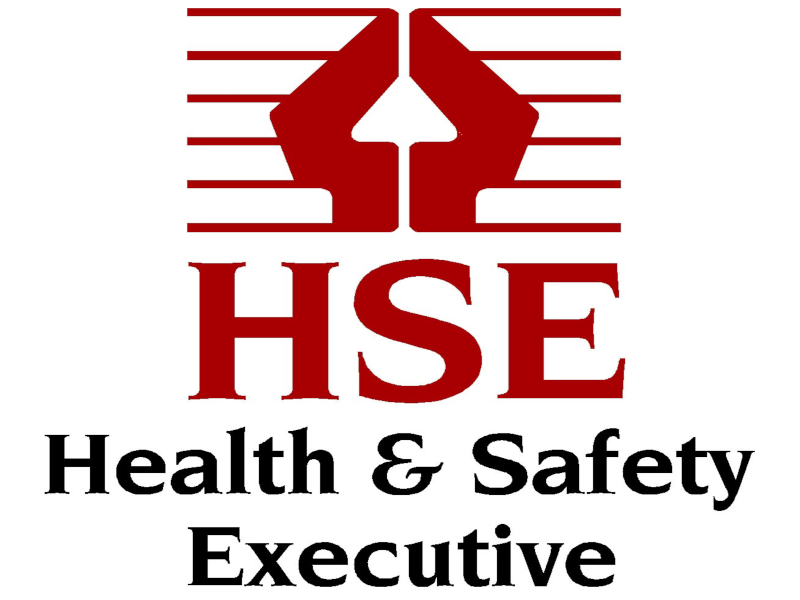
THE Health & Safety Executive describe competence as “the combination of training, skills, experience and knowledge that a person has and their ability to apply them to perform a task safely”
The HSE offer four ways to prove competence:
- Hold a relevant qualification.
- Hold an equivalent qualification.
- To have received appropriate in-house training.
- To be competent through experience.
Obviously there will be perfectly competent highly experienced leaders – but being able to judge if that experience is relevant is very very difficult for either the participant of the prescriber. In the Haverfordwest tragedy the instructors appeared competent, Katie’s walk was led by a “leader”, the Scouts inherently would trust an older leader – in each case the thing missing was relevant competency.
Qualifications are the sole answer – there needs to be experience as well, but qualifications are the easiest and most transparent way to offer, assess or recommend a provable level of competence.
closing thoughts
If we’re going to recommend activities and providers, if we’re going to ‘prescribe’ them to our service users and participants, then we have a very real duty of care to ensure we know that the organisations and groups we’re engaged with are competent. The dictionary defines “prescribe” as advise or authorise – we’d expect our doctor to have researched the drugs they prescribe, to know they’re safe…
Relevant experience can be an excellent proof of such competence – but it is, realistically, nearly impossible to quantify or confirm. Qualifications – together with a proven track record (aka experience), having proven procedures in place, being able to provide references – these should be the very basics of knowing that we’re offering those in our care a truly safe and beneficial experience.
I’m going to leave the final word to Katie:
“I’m still in pain with it (my ankle) now but I’d rather that than miss out on doing things I love!”
“I just make sure I do it safely and with people I can trust like Wellness Walks now “
Sharing is caring!
